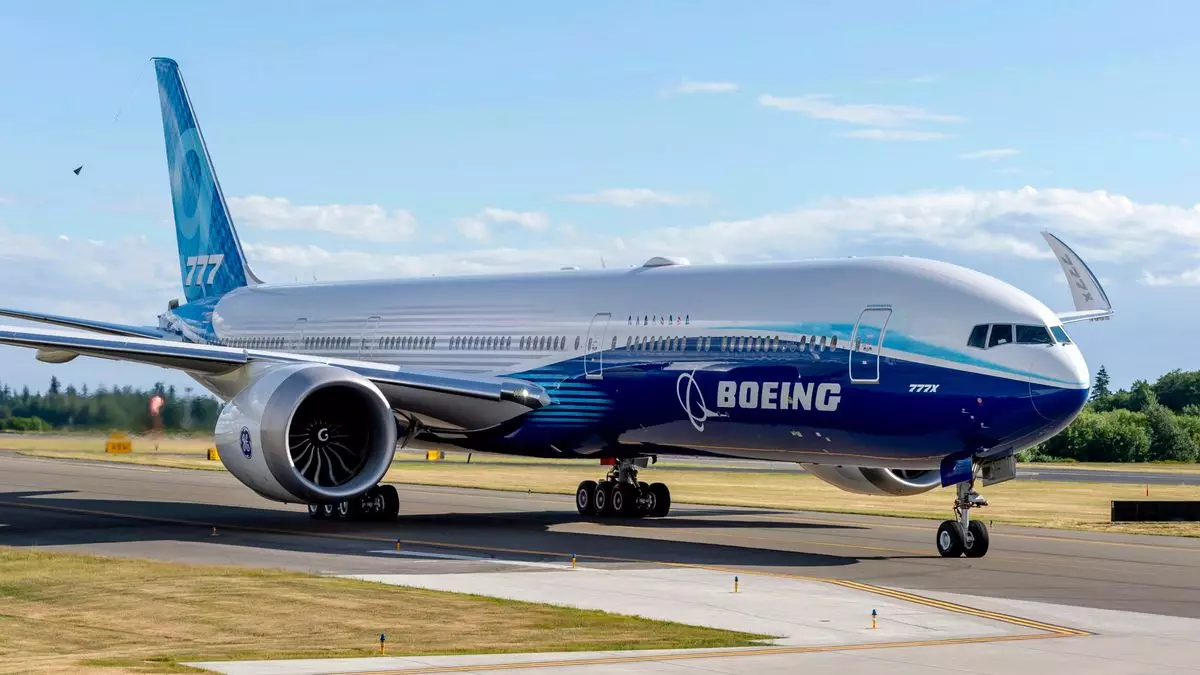The recent strike involving the International Association of Machinists and Aerospace Workers (IAM) against Boeing has underscored the significant tensions between labor and management within the aerospace industry. Initiated on September 13, over 33,000 machinists in Washington, Oregon, and California opted to strike after rejecting a contract that fell short of their salary expectations, indicating a deep-rooted dissatisfaction among the workforce. The strike, lasting for over a month, has brought critical aspects of Boeing’s production to a standstill, particularly affecting the 737 and 767 models, and highlighting the complexity of negotiations in a beleaguered industry.
The New Contract Proposal
In an effort to quell the unrest and restore productivity, Boeing proposed an enhanced contract that raises pay significantly—an increase of 35% over four years, augmented from the previous 30% offer. This shift reflects Boeing’s recognition of the necessity to attract and retain skilled labor amid economic pressures and labor shortages that are prevalent in various sectors. Additions to the contract include a ratification bonus, climbing to $7,000 per worker, thus acknowledging the sacrifices made by those on strike. However, the absence of a traditional pension plan remains a notable compromise in the deal, suggesting that negotiations between labor demands and corporate control continue to be fraught with challenges.
The response from union leadership has been measured; while they have not outright endorsed the new proposal, they have termed it worthy of consideration. This cautious optimism can be interpreted as a strategic maneuver to maintain solidarity among members while also signaling slight progress in negotiations. The union leaders, Jon Holden and Brandon Bryant, explicitly acknowledged the resolve of the striking workers, suggesting that this leverage may have spurred Boeing’s improved offer. Moreover, they noted that the cumulative effect of annual pay raises could eclipse 39.8%, potentially enhancing the overall attractiveness of the agreement.
Amidst these negotiations, the involvement of the Biden administration, particularly acting Labor Secretary Julie Su, illustrates the administration’s vested interest in maintaining economic stability. The meetings with company and union officials indicate a proactive approach to resolving labor disputes that could potentially destabilize the broader economy. This governmental intervention raises questions about the extent to which political figures should engage in private sector negotiations—notably in industries as critical as aerospace. It also illustrates how closely intertwined government policies and labor relations have become, reflecting the current administration’s focus on pro-labor initiatives.
Economic Implications of the Strike
The repercussions of the strike extend beyond just the immediate workers involved. Boeing’s current CEO, Kelly Ortberg, has already announced significant layoffs, involving around 17,000 employees, which signals potential long-term impacts on employment in the region. Additionally, suppliers such as Spirit AeroSystems are feeling the fallout, as evidenced by their planned furloughs reflecting a broader ripple effect through the supply chain. The potential for layoffs and furloughs highlights the role that labor negotiations play not only within the company but throughout the entire industry ecosystem.
The Future of Boeing and its Workforce
As the union prepares for a ratification vote on the new proposal, it remains critical for both sides to recognize the evolving landscape of labor relations. While Boeing seeks to stabilize its workforce and production output, striking workers must weigh their immediate economic needs against long-term benefits. The outcome of the vote will not only determine the future financial landscape for those involved but may also serve as a precedent reflecting the broader trends in labor negotiations across various industries. In an era where labor rights and economic security are increasingly intertwined, the implications of this negotiation stretch far beyond the walls of Boeing, potentially influencing other sectors grappling with similar disputes.
The intricate relationship between Boeing, its workers, the union, and governmental entities presents a revealing snapshot of the contemporary labor landscape—one that is marked by ongoing negotiations, economic uncertainty, and a collective desire for equitable solutions.


Leave a Reply